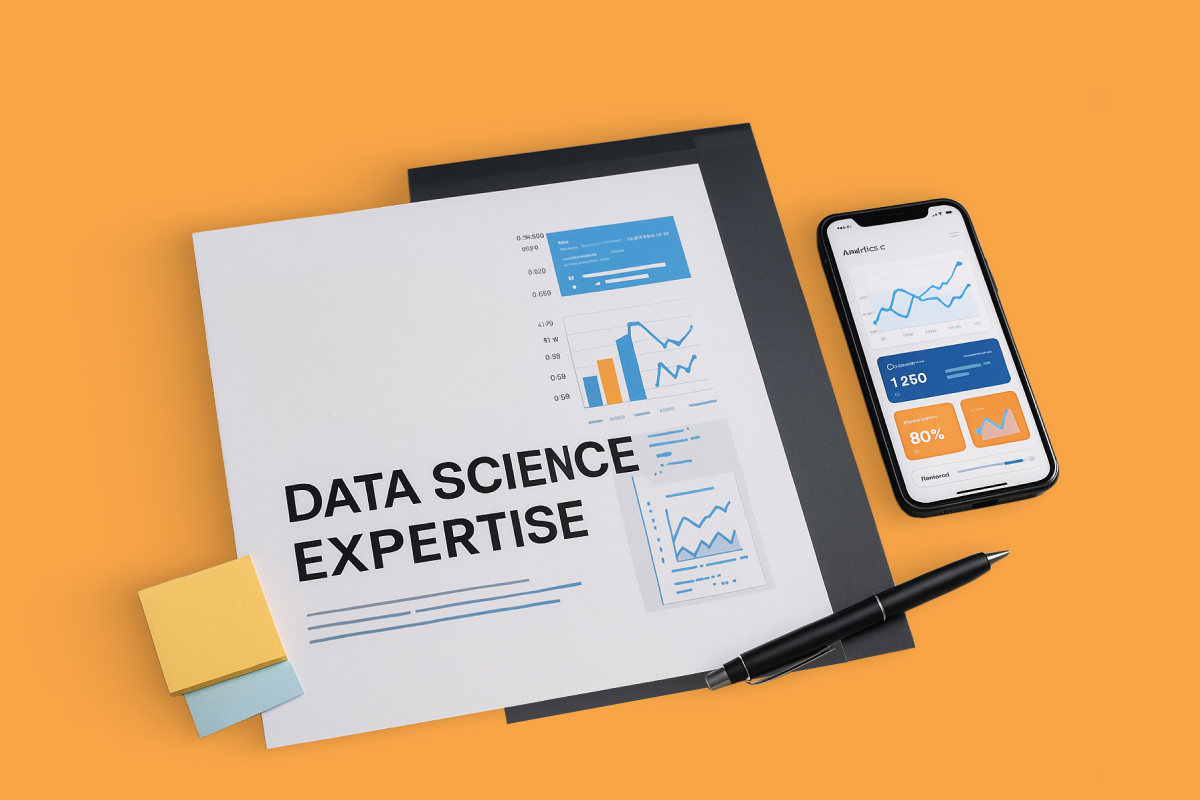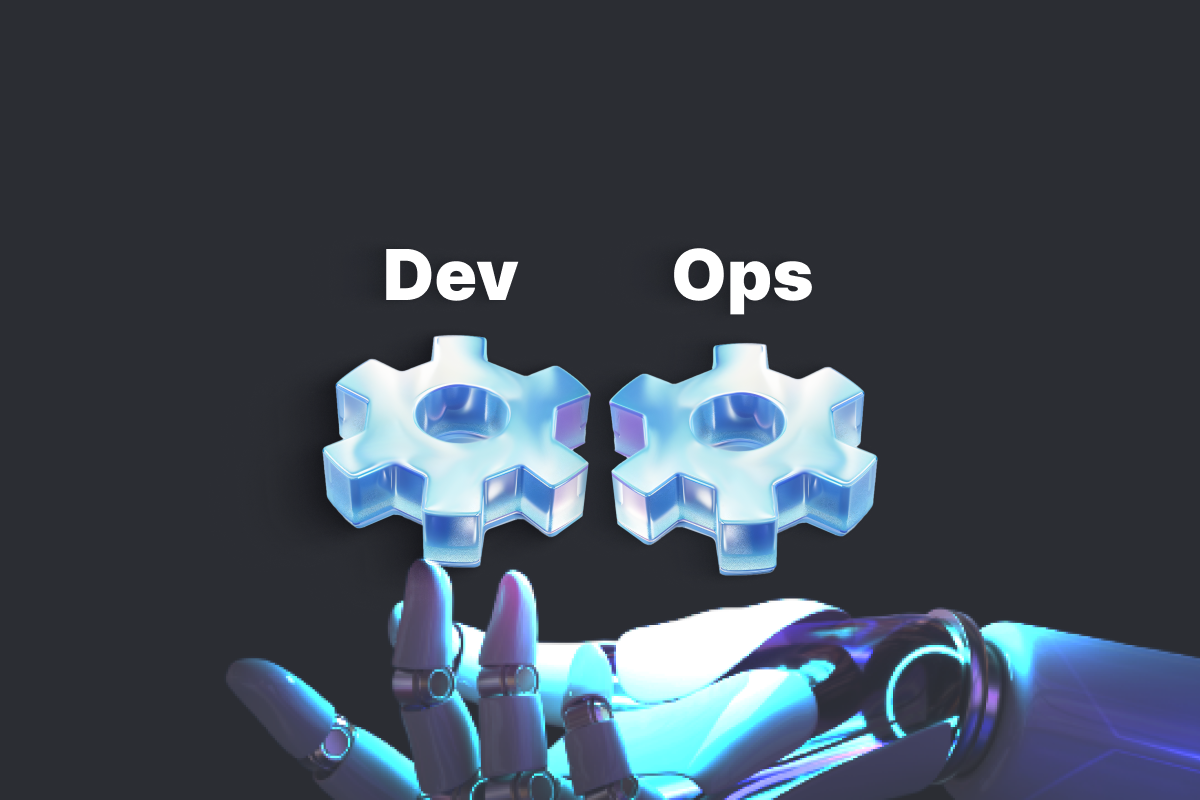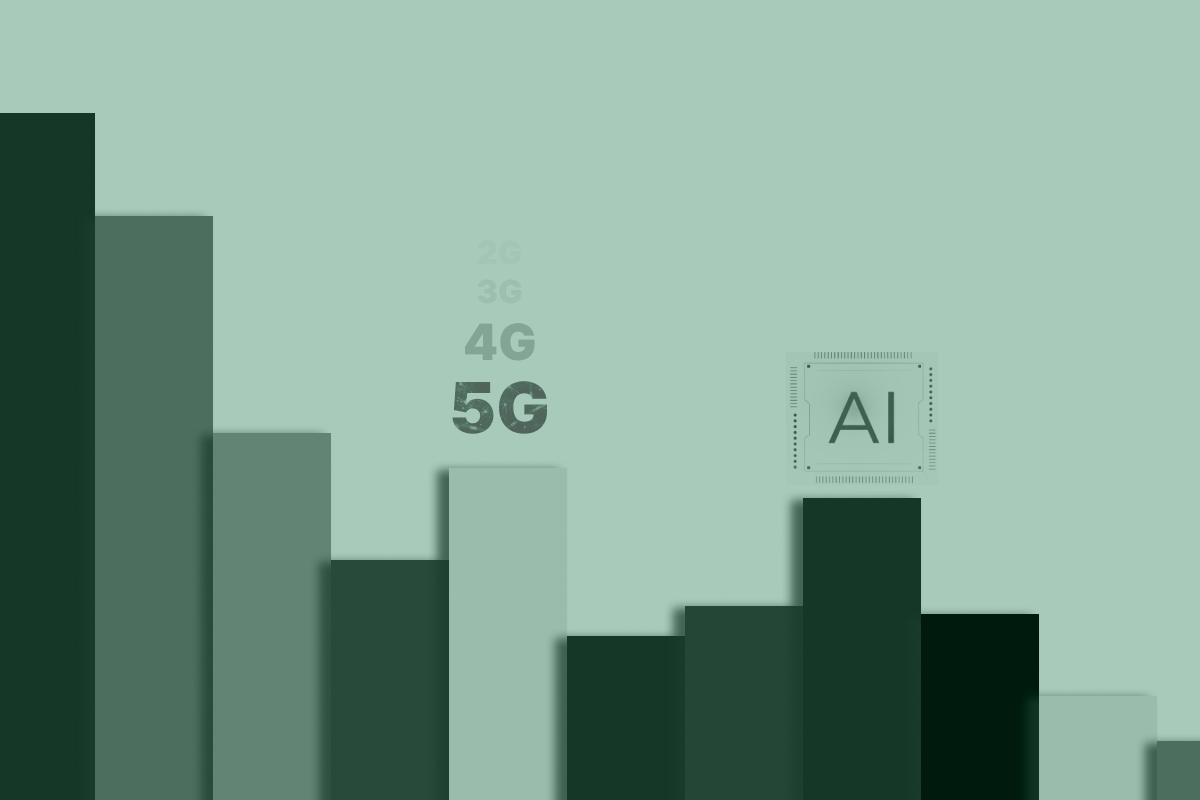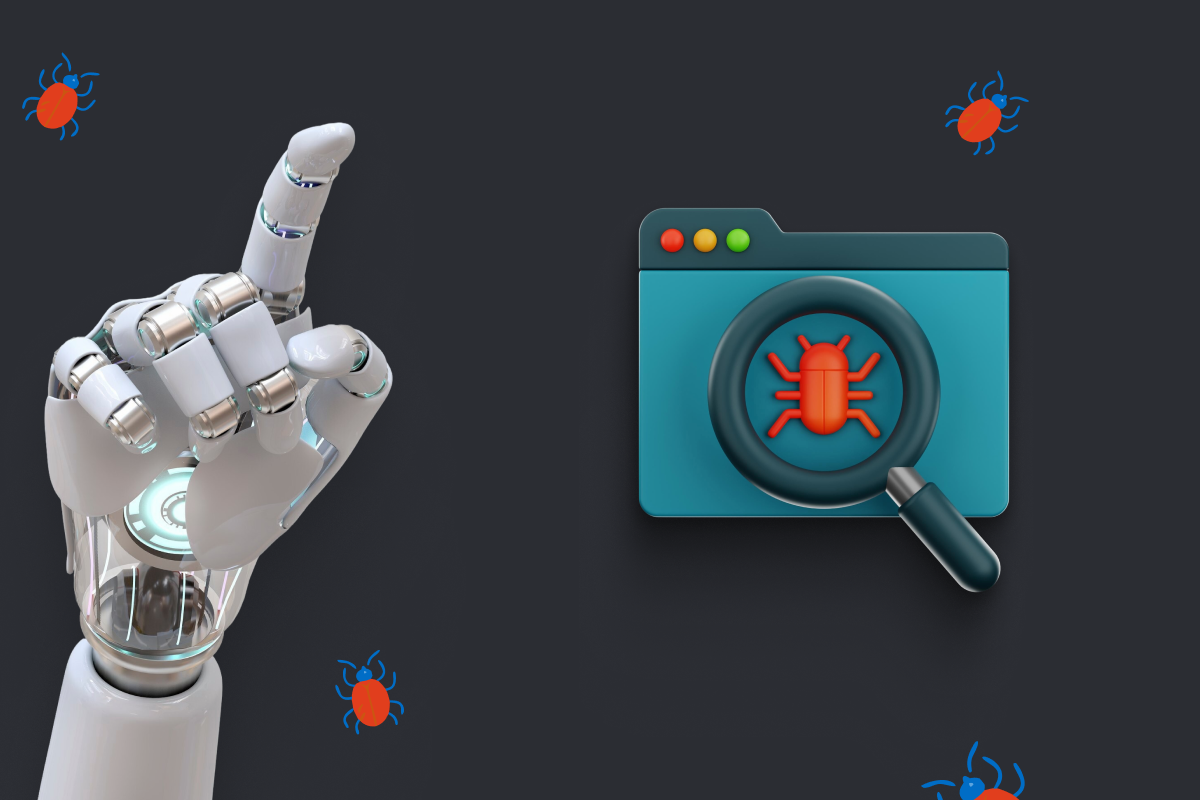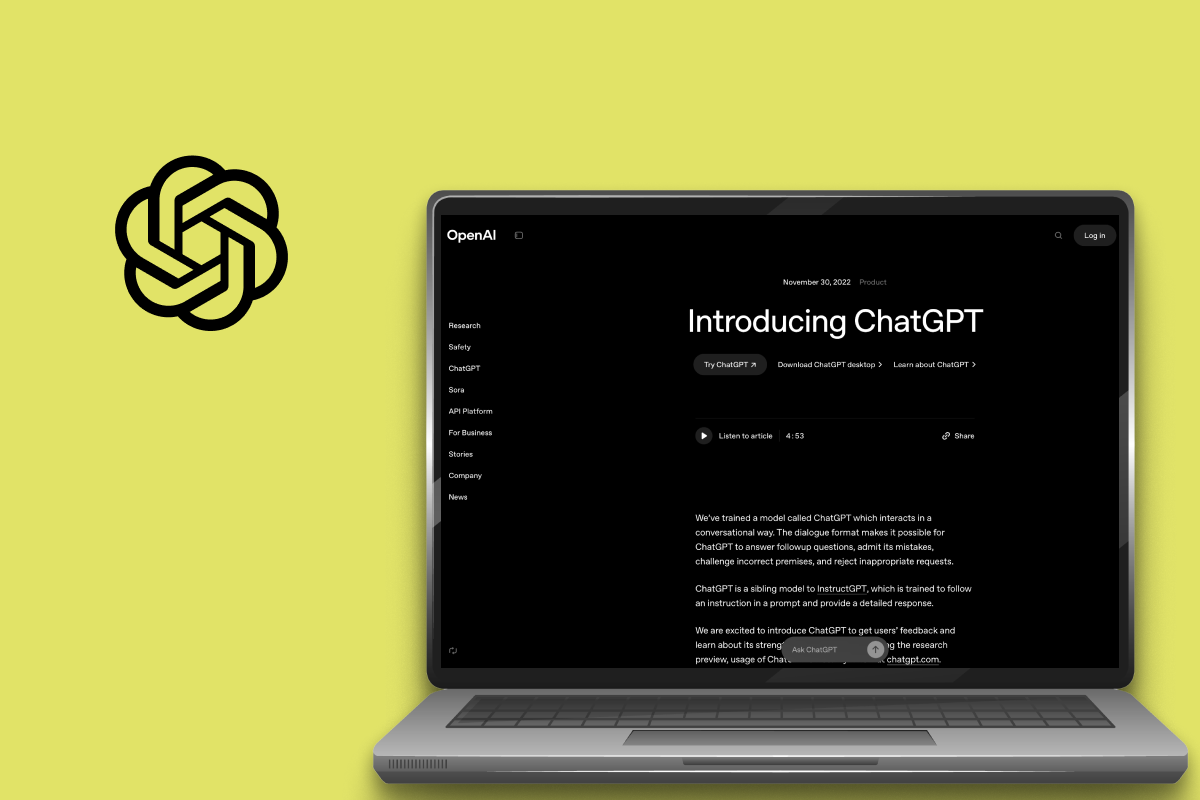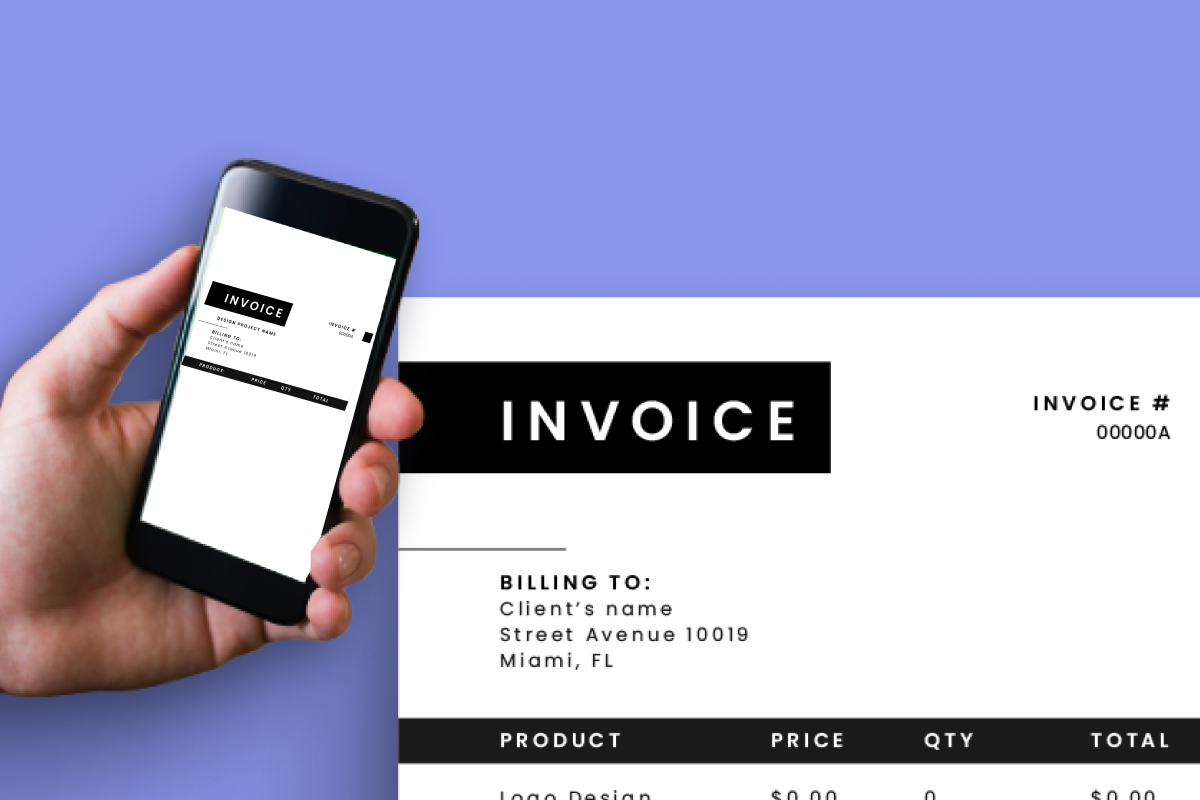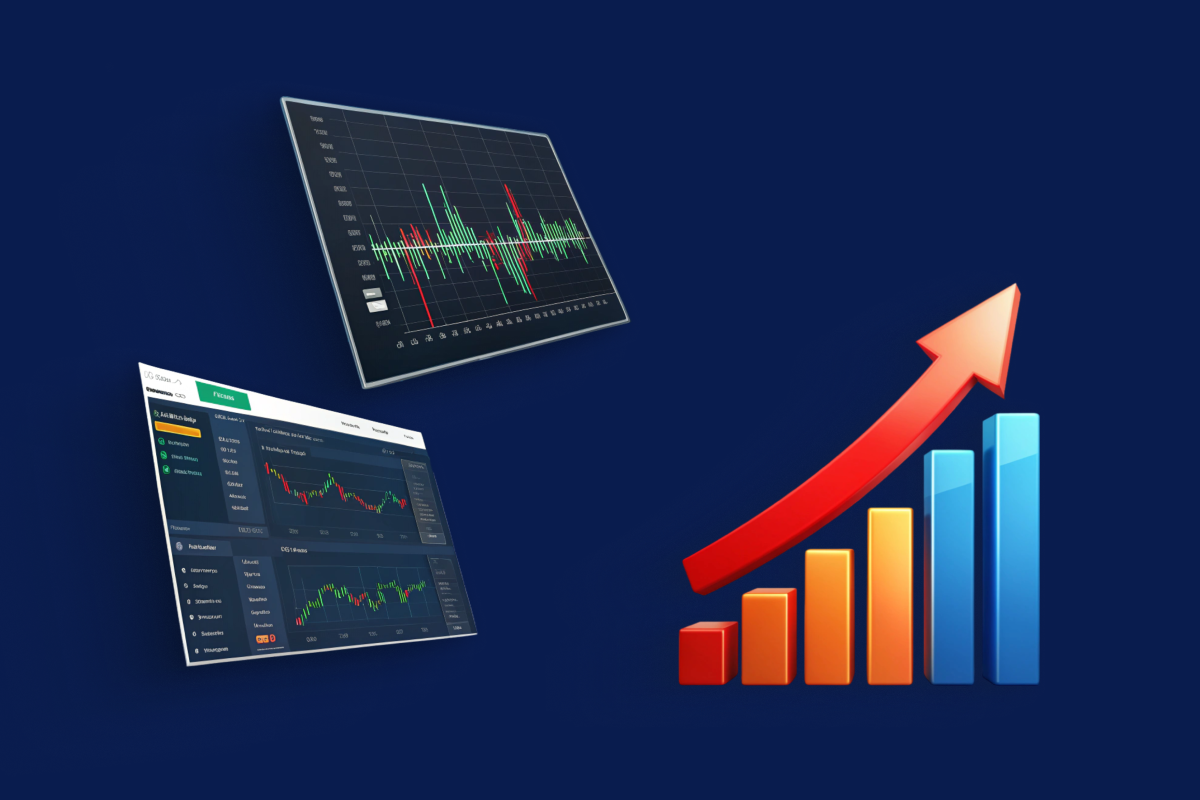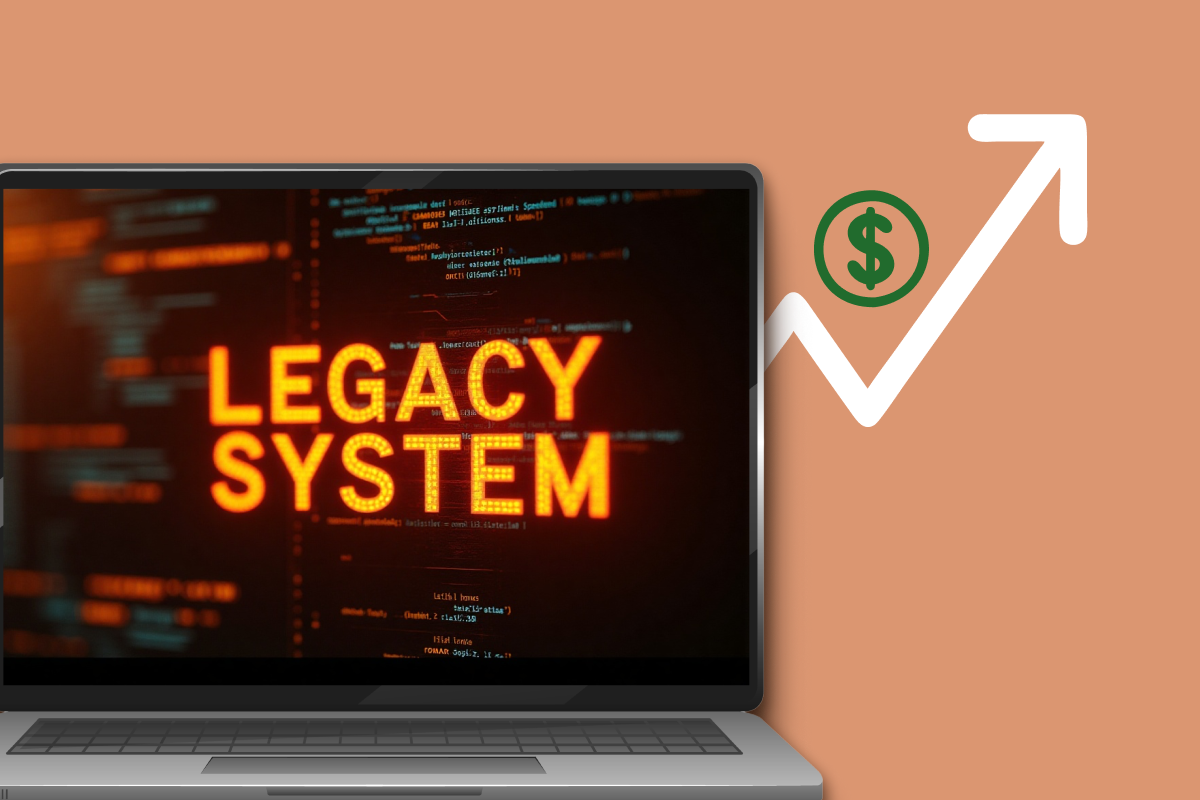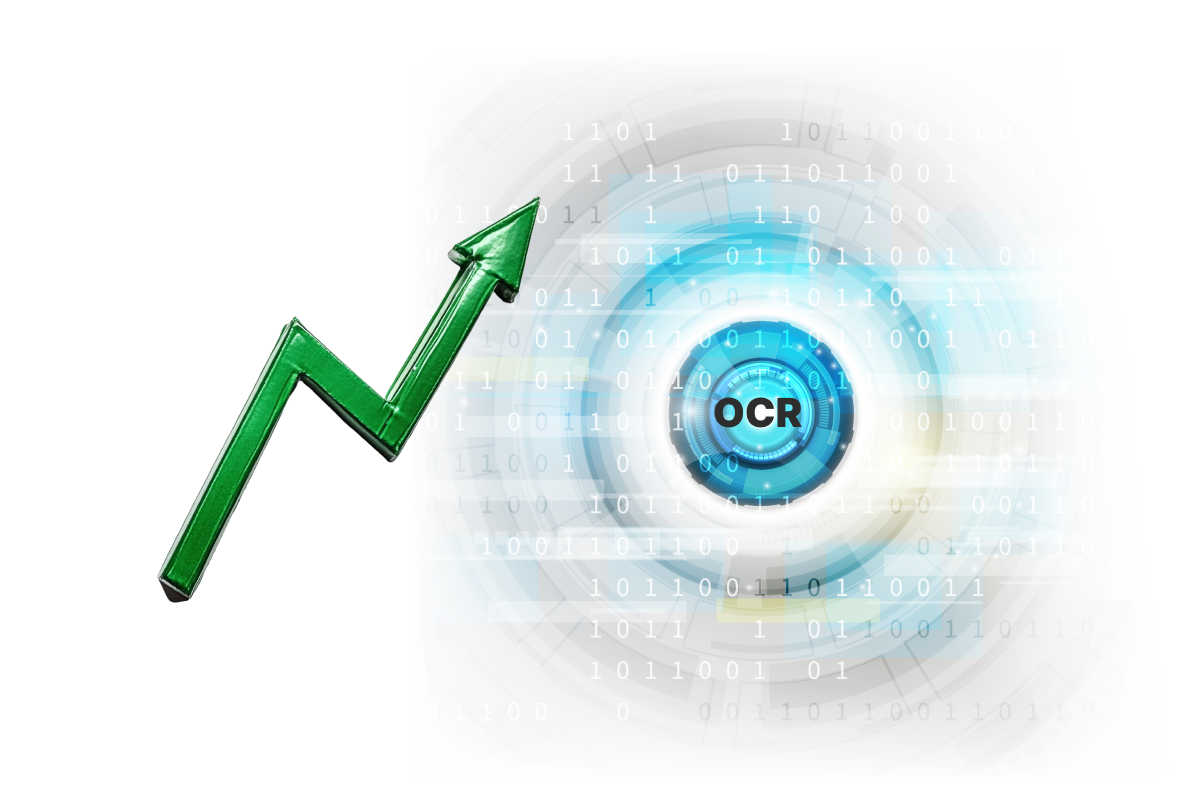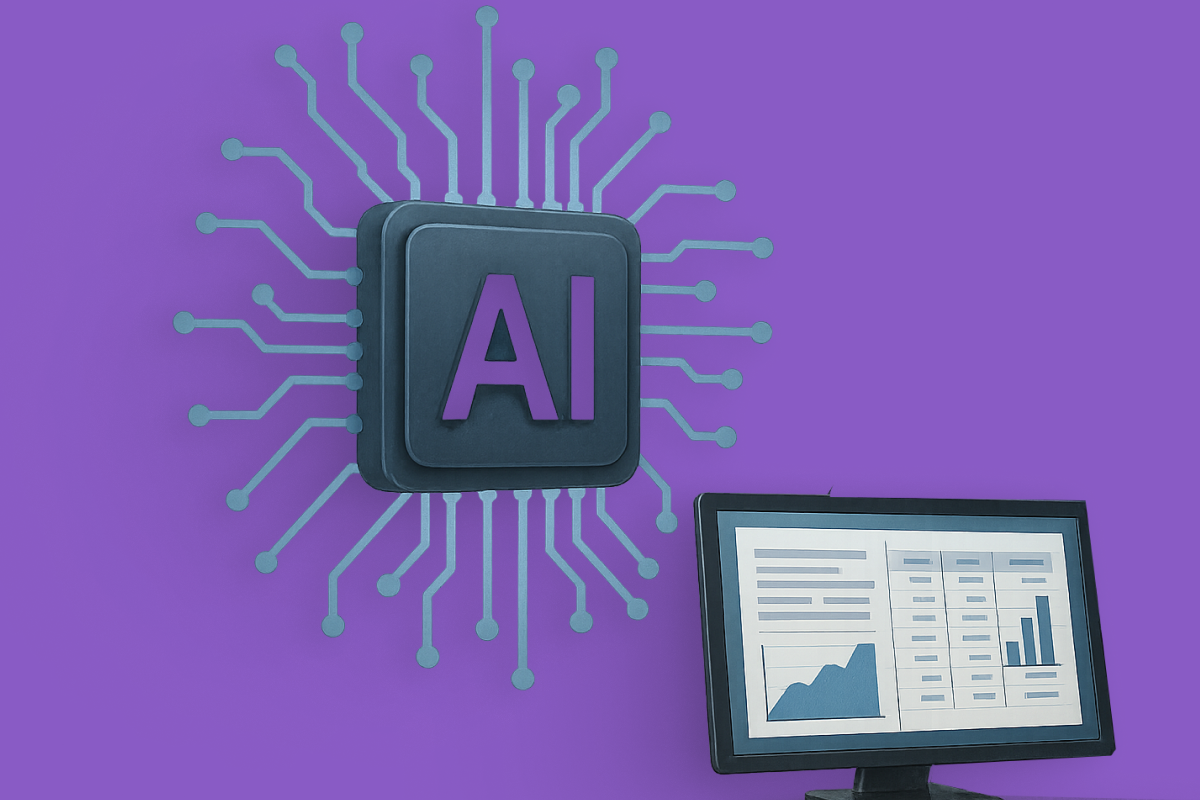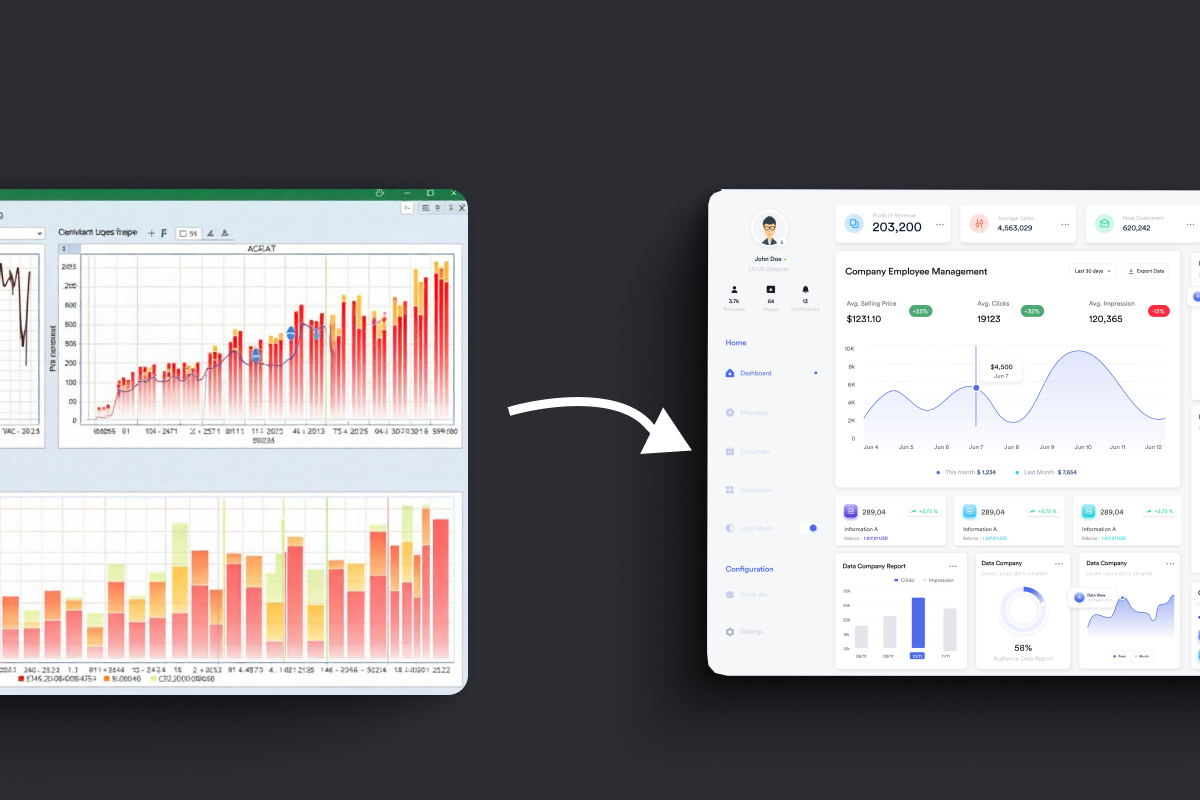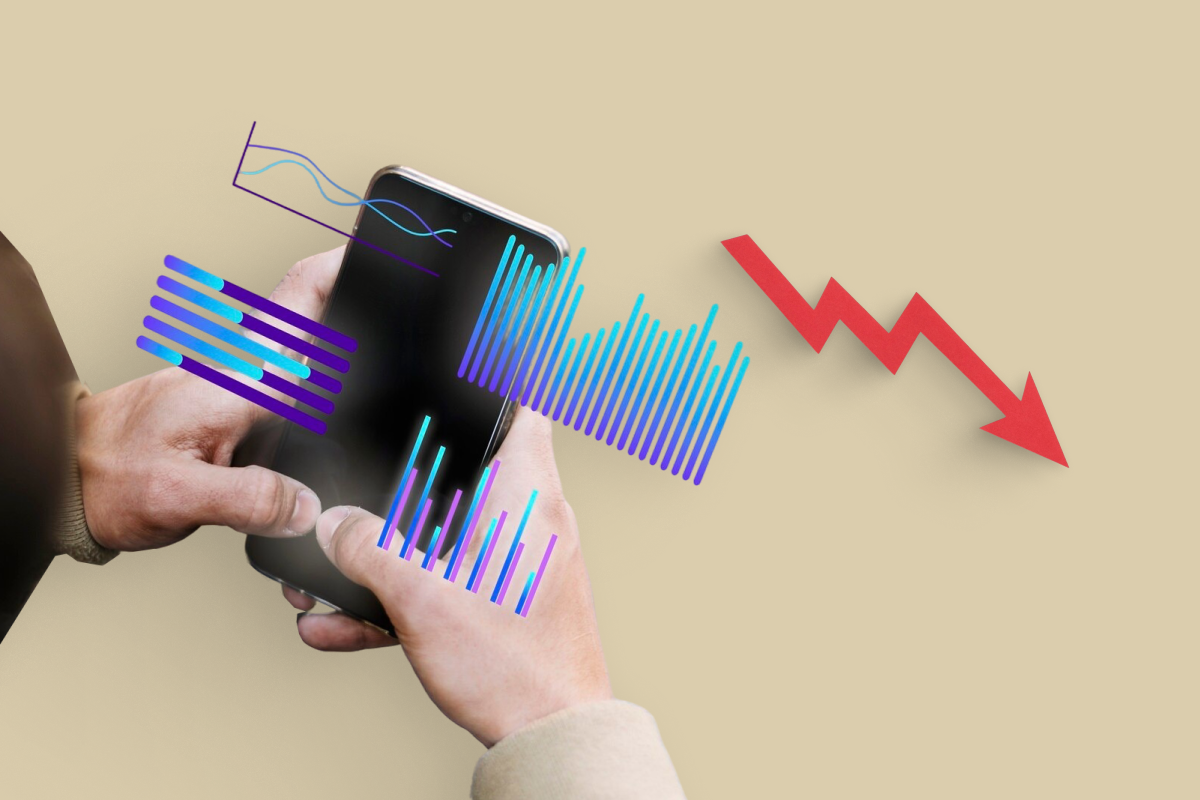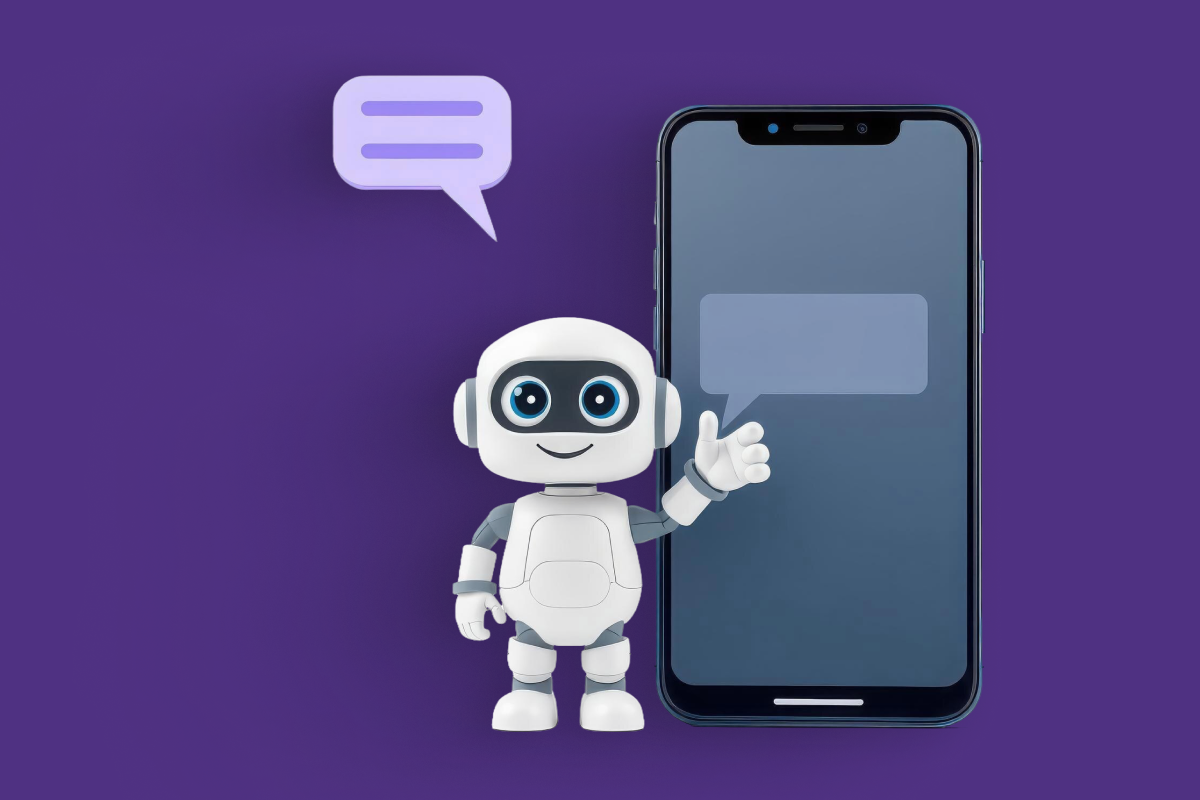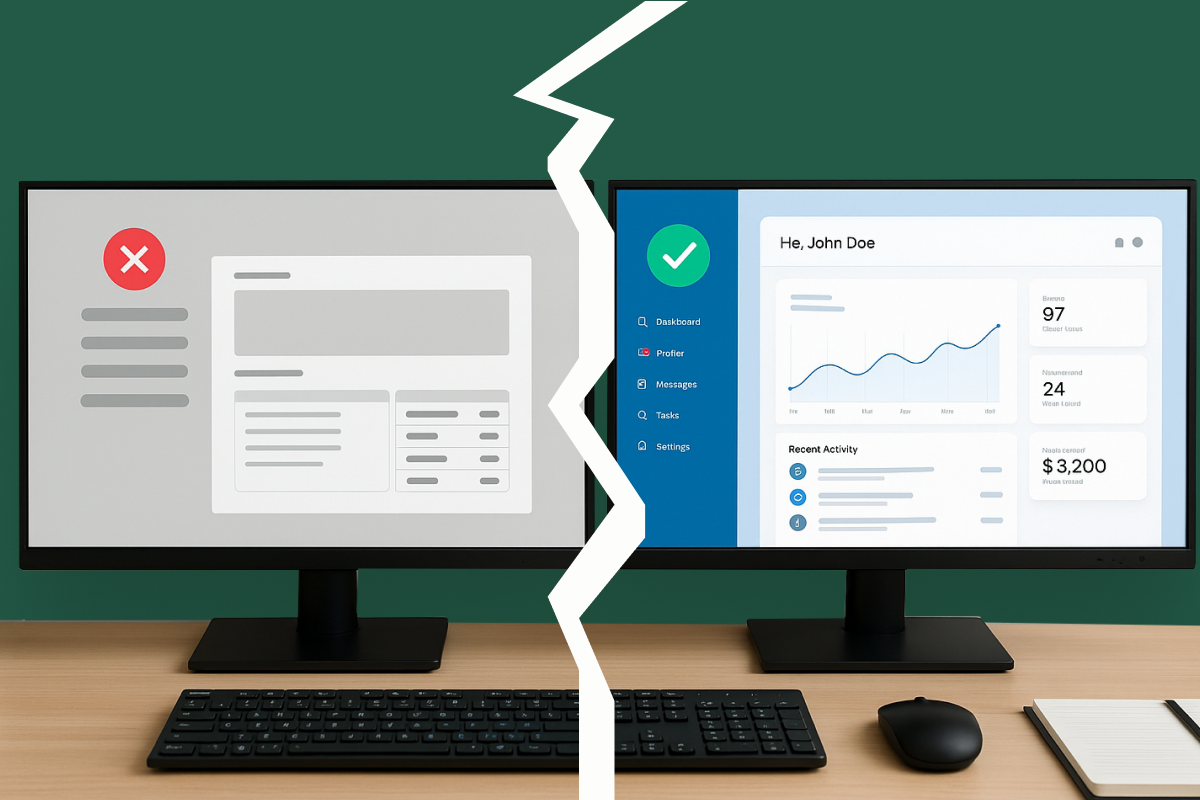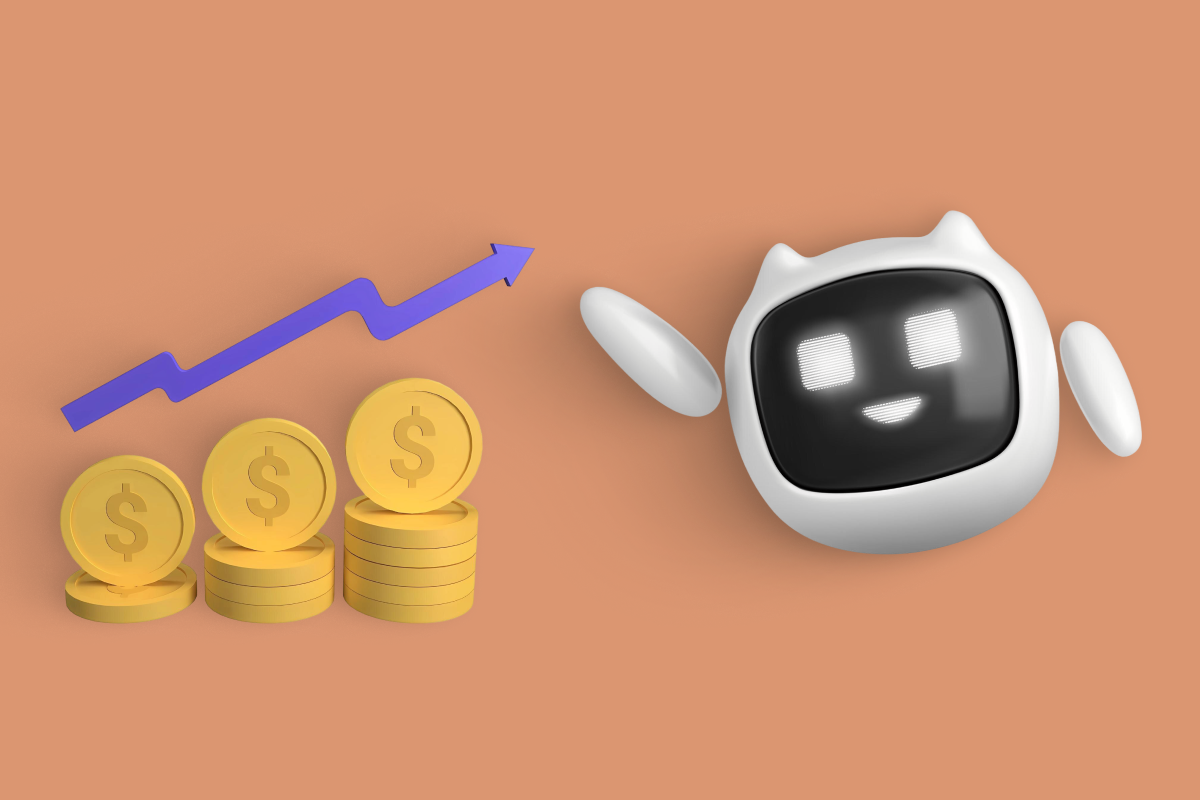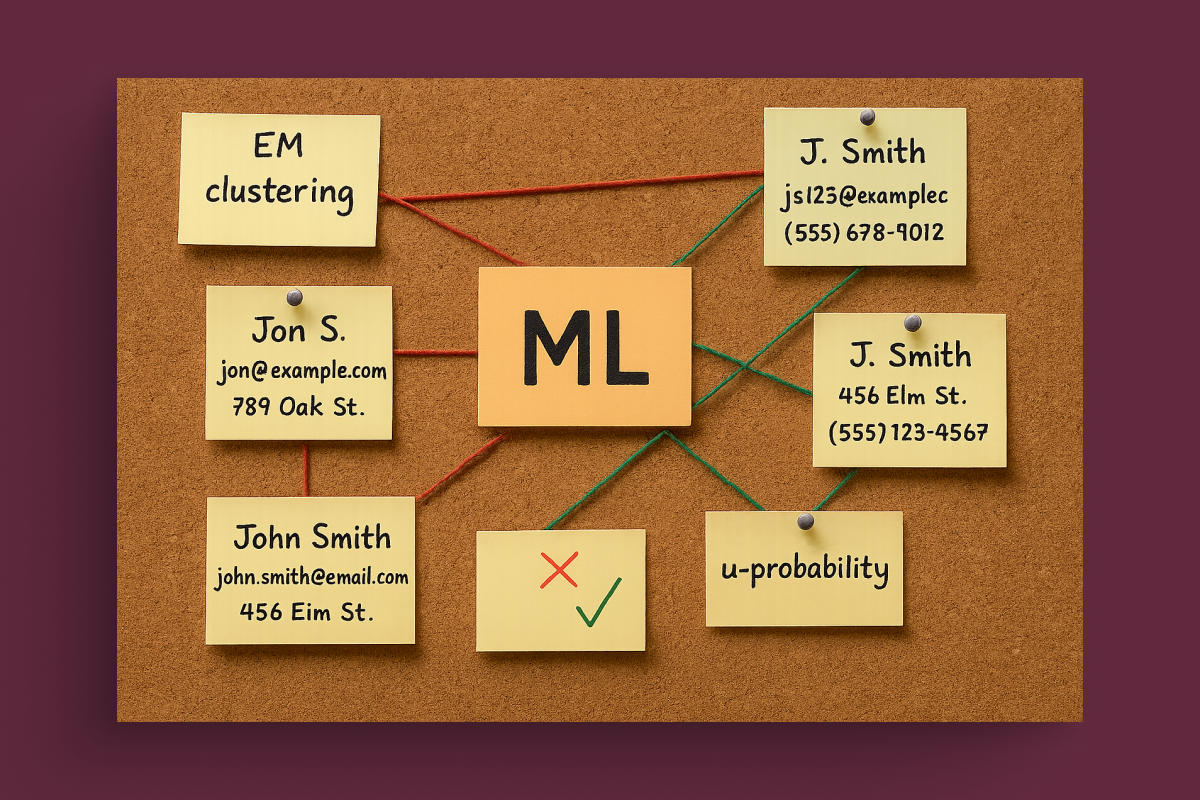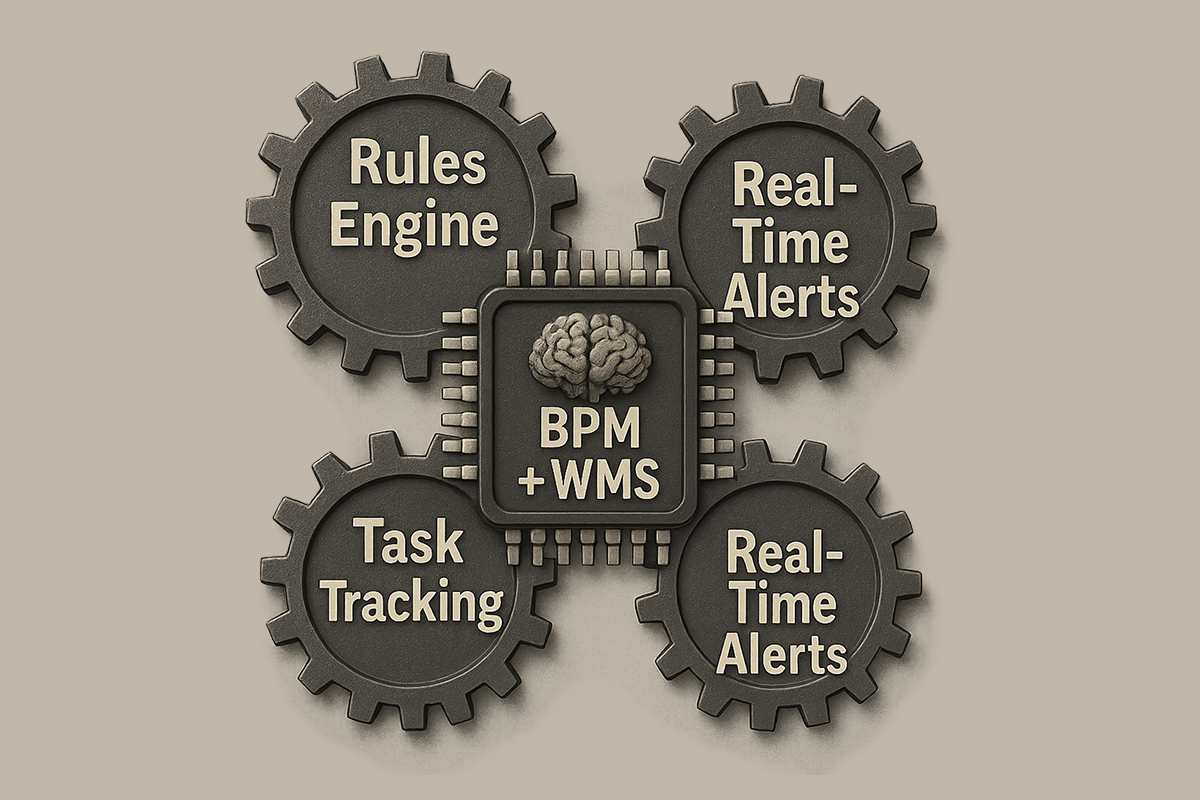Everyone has experienced that moment when an advertisement for something you recently searched pops up in your newsfeed or plays before your music starts on Spotify or YouTube. Although this is something we have grown used to. If not a bit creeped out by, it is important to note why this is happening and how our information is being used.
It’s no secret that the things we do online leave a trail of breadcrumbs. Each of these technologies employs artificial intelligence (AI) and machine learning in order to use those breadcrumbs as a way of monitoring our online behaviors and helping advertising companies get their campaigns in front of the most receptive audience.
Though this may be something that momentarily freaks us out. It is also important to remember that as consumers, we are constantly craving a personalized experience. The market is doing its best to provide it. Through the use of predictive analytics, programmatic advertising, and responsive search ads, advertisements are more customized to each individual user than ever before.
Predictive Analytics And AI Targeted Marketing
At this point, we are all aware that Google collects our information. However, it is important to note that it is not only the information we use on one device. But rather the information is collected from all of our connected devices and it is information we give willingly. Google’s AI algorithms use machine learning to watch what we search, when we search it, and the data we input surrounding those pursuits. This means that Google is not only gathering the words we type in, but also the searches we perform directly after. Websites we visit following our query, and what we do with the information we get as a result.
With the information amassed, Google can then use predictive analytics to process the data and predict behaviors based on our previous search and buying history.
These predictions are then used to display ads to us based on our specific personalities. Machine learning picks up on these personalities. And then categorizes them further into audience clusters called “lookalikes” or types of people with similar traits and/or habits.
This makes it easier for marketing companies to pinpoint entire groups of people with similar interests and target advertisements to a much smaller, more focused demographic. Through the use of these much more targeted ads, companies are spending less time advertising to people who have no interest in their products, and more time getting the material in front of people who are most likely to buy what they are selling, resulting in much higher return on investment (ROI), and repetition of the cycle.
Programs we use as consumers every day like Netflix, Hulu, Spotify, YouTube, Pandora, and many more use this in their recommendation algorithms every day. Video streaming sites like Netflix and Hulu use this data to better suggest what a user should watch next based on their previous watch history as well as pulling data from every connected device to create a personality profile. Jonathan Cohen, the principal brand analyst at Amobee, noted that Netflix’s success is a direct result of “using analytics to understand audiences.” Sites like Spotify, YouTube, and Pandora who show ads between content use predictive analysis to make sure whichever ads are shown to listeners/watchers are relevant to them.
Programmatic Advertising: The Future Of AI Targeted Marketing
Procuring those targeted ads has become easier than ever with the implementation of programmatic advertising. Kenneth Kulbok, of the LinkedIn Programmatic team explains programmatic advertising as “buying digital advertising space automatically with computers using data to decide which ads to buy and how much to pay for them.” This process uses AI to autonomously buy the ad space in real time based on the consumer’s specific demographics and search behaviors.
The demand side platform (DSP), or the consumer search, work side by side with the supply side platform (SSP), or the ad agency in order to match the proper ad with the right audience. According to Seer Interactive, the AI tech uses its algorithms to analyze a visitor’s behavior, allowing for instantaneous campaign optimizations toward that specific user. This means that, depending on the consumer’s likes, dislikes, and habits, the program can assess a search. And then immediately choose advertisements to then purchase and display in a matter of milliseconds.
The programmatic process then provides even more detailed customer insights as it evaluates a consumer and analyzes the reaction to the advertisement tailored to them. It is continually “learning” about customers and collecting intelligent data about what kind of person interacts best with any given brand. This information is then stored and used for future targeted marketing efforts at a much larger, yet more specified scale in a fraction of the time. This makes tailoring ads to specific consumer groups more efficient.
Responsive Search Ads Build With Artificial Intelligence
Responsive search is an advertising tool that has now been streamlined by the Google Marketing Platform. This program asks advertisers to submit anywhere between three and fifteen different creative ad layouts and as many meta-descriptions to Google’s ad database. Google then uses its gathered data to determine which ad is right for each particular instance autonomously through the use of AI.
This means that multiple people could be searching for the same product. But will get different results based on their own personal search histories, habits, and preferences. Each ad layout is fitted to a different group of people. And depending on which group a particular consumer belongs to, they will see the advertisement best suited to their taste. However, since this is done through artificial intelligence, the machines do all of the ad optimization themselves and make decisions based on what they’ve learned.
Although Google marketing is at the forefront of responsive search advertisements, it is being implemented elsewhere. It’s been deployed most recently in Netflix’s new algorithm update. This renovation applies to the thumbnails we see before clicking on a show or movie. Depending on our search and watch habits, Netflix’s algorithm decides which thumbnail photo to display in order to gain users attention and get them to click on that show.
For example, if a user most often watches shows that feature a male lead, the thumbnails shown for each watching option will prominently show a male character. If a user is more drawn to shows/movies with animals in them, animals will be shown on the thumbnail. So, if two people are both searching for the same show, they could be shown two entirely different thumbnail photos based on their own personal preferences.
Conclusion
Though targeted marketing campaigns may seem eerie or invasive at times, at the end of the day, consumers are responsible for their experience. We drive demand for seamless and personalized experiences at all times, which is why brands are seeking any potential avenue to create a relationship.
In most cases, as a consumer, we’re more likely to prefer and do business with brands that take our personal information into consideration, and these brands are aware of that.
Using artificial intelligence and machine learning for targeted marketing campaigns can facilitate the optimal brand to consumer interaction. Predictive analytics, programmatic advertising, and responsive search ads are some of the most commonly used technologies by marketing companies. By tailoring messaging tactics to the ideal consumer, businesses can ensure that they’re communicating with targeted customer groups that are most likely to take action and respond well to the advertisements put in front of them. Through the use of the trails and tracks we leave online with every click and query, we are paving the way for advertisements to be more individualized than ever before.
Want to harness the power of AI for smarter marketing campaigns? Discover how we can help you personalize your brand outreach—contact us today!























